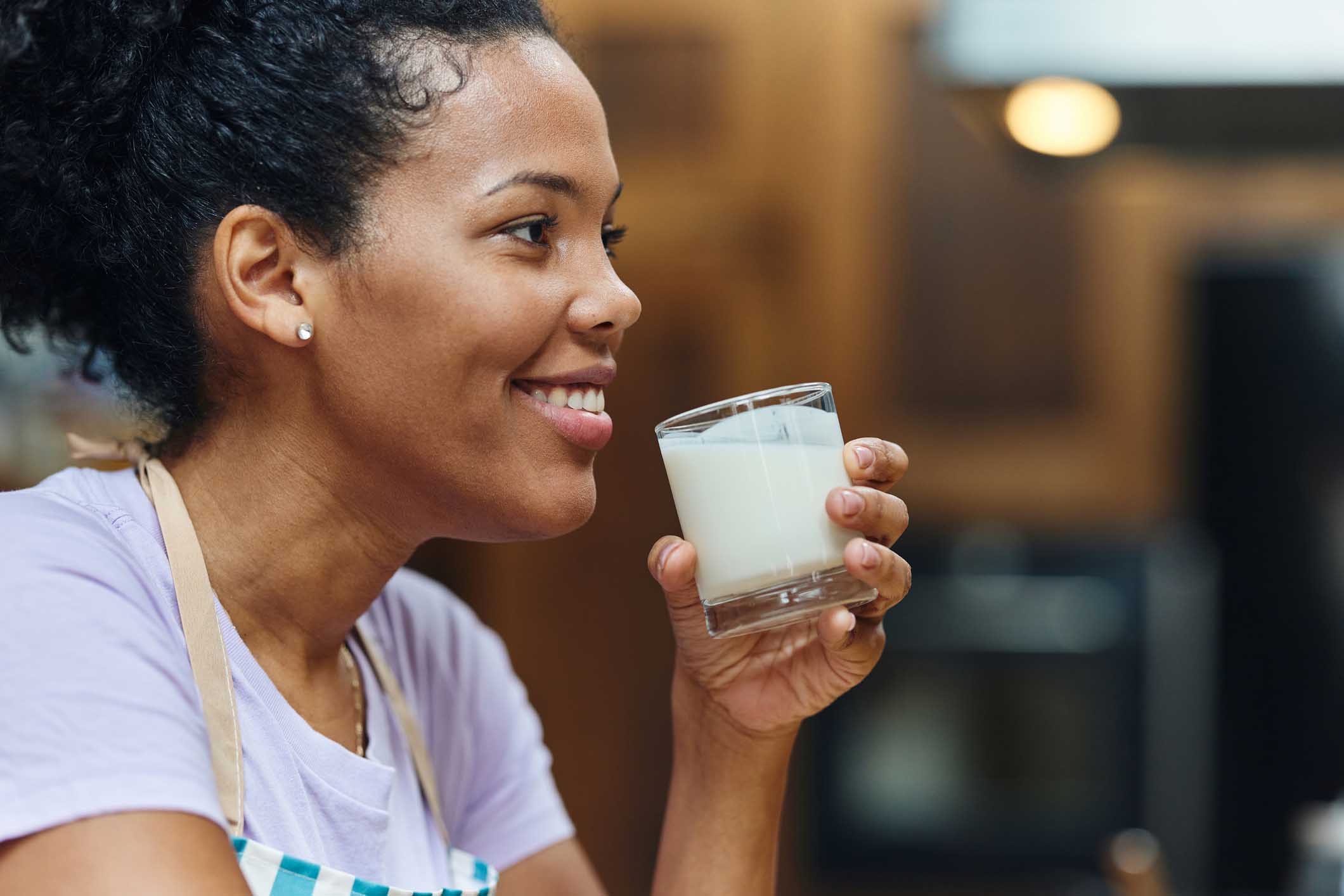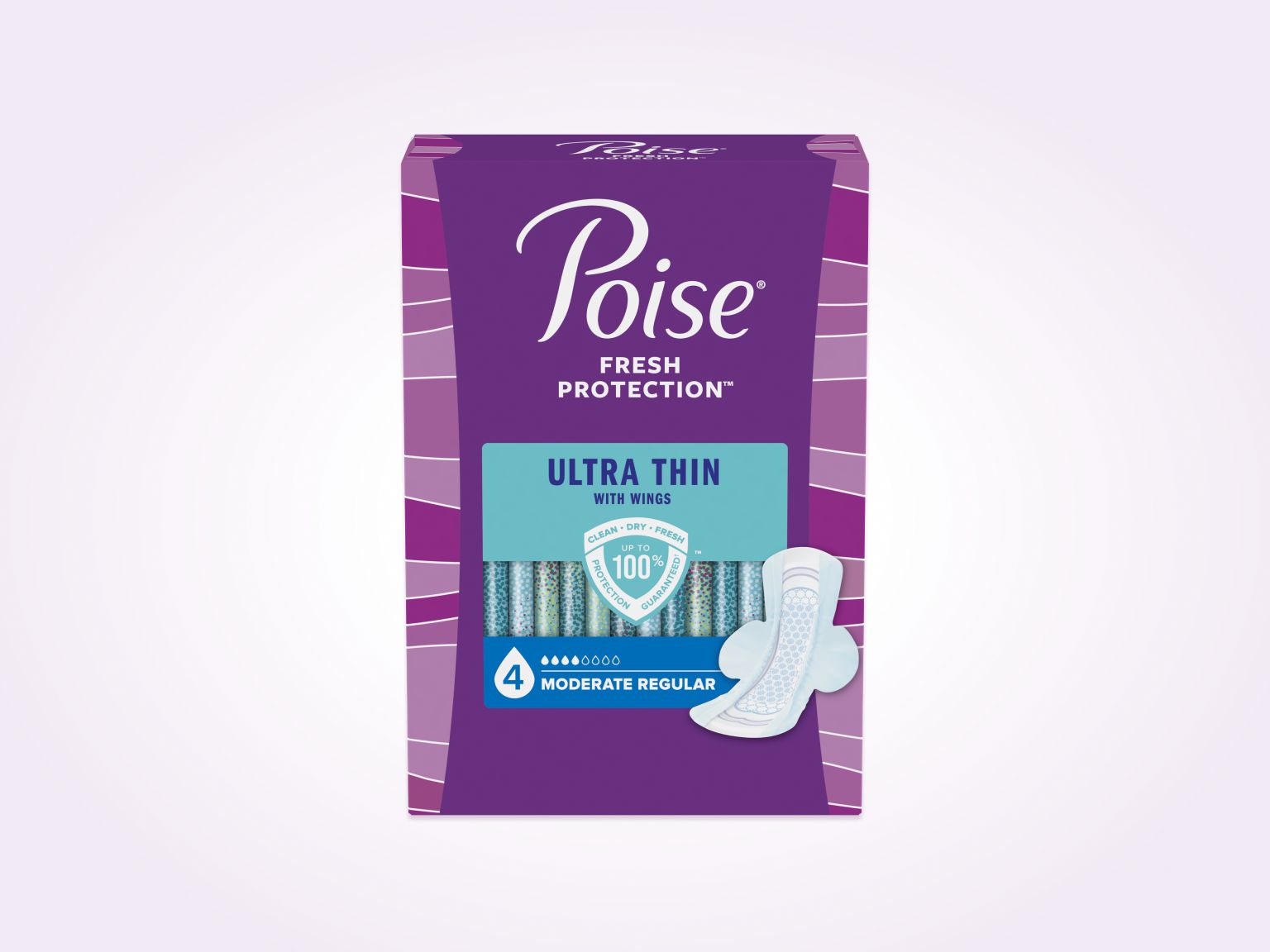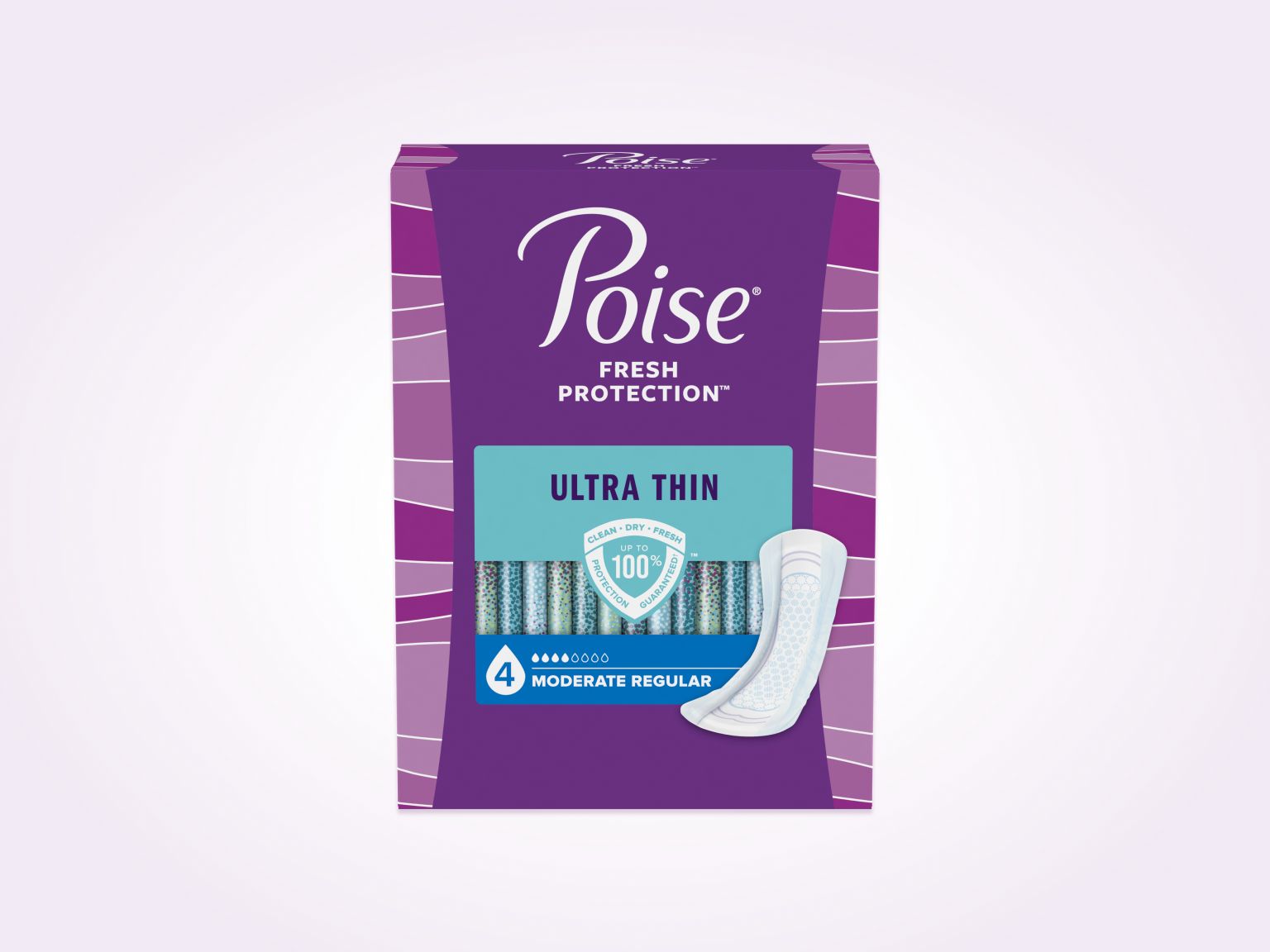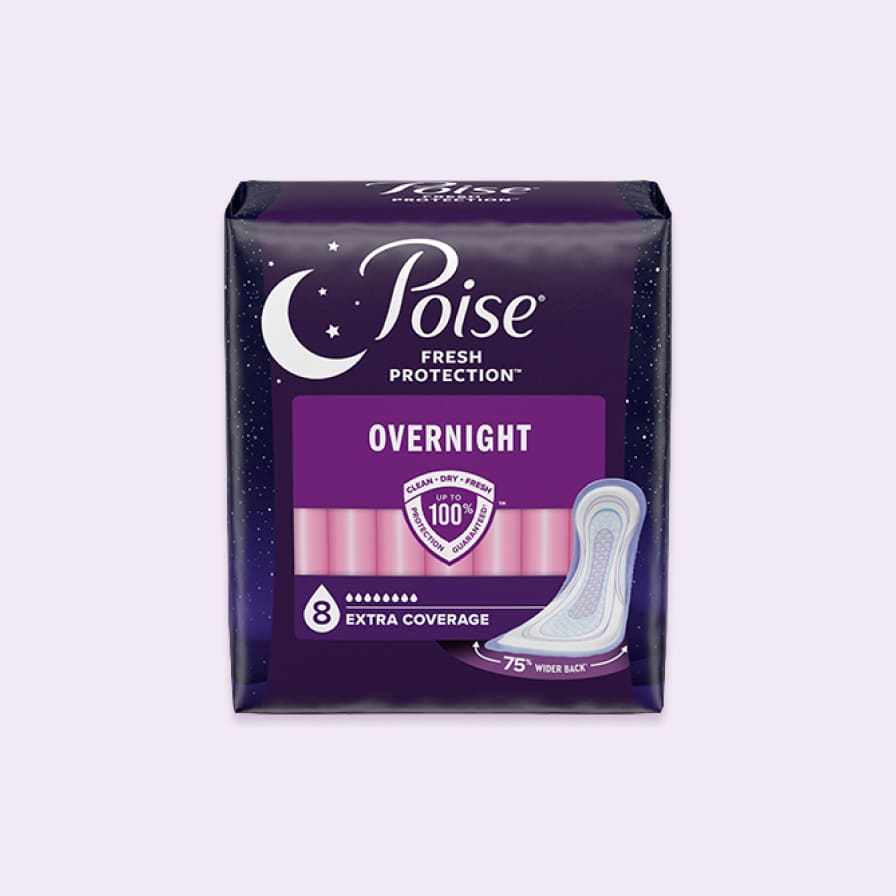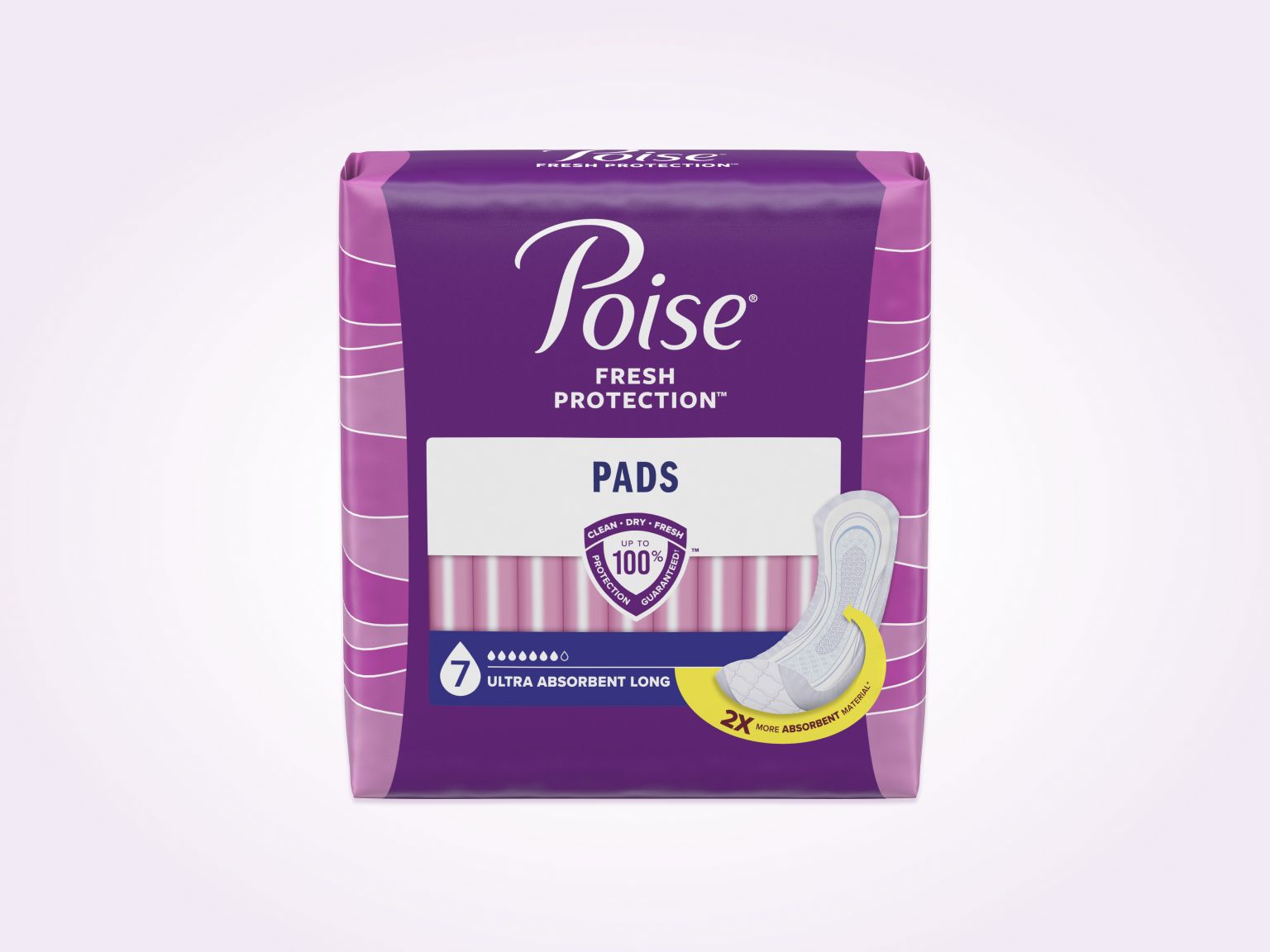Changing Nutritional Needs During Menopause
Changing Nutritional Needs During Menopause
For those of us experiencing menopause, let me assure you that symptoms like hot flashes, irregular periods and mood swings are very common and normal. As our body makes less of the hormone progesterone, you may also start experiencing symptoms caused by the hormone changes. At the same time, many women are confused and frustrated about how to best treat their symptoms. The first step, is learning all you can about menopause and that is why I am taking the first opportunity to tell you about what steps you can take to alleviate some of the symptoms with diet and nutrition.
Alleviating hot flashes: If you are experiencing hot flashes enjoy refreshing cold beverages instead of hot beverages. Also, it is important to understand that alcoholic and caffeinated beverages may trigger hot flashes. Incorporate mild foods such as fruits, grains and vegetables, which will sit better than hot spicy foods or foods saturated with condiments.
Keeping bones strong: Do you know your calcium recommendations? Before age 50, you need about 1,000 mg of calcium per day. After age 50, you need 1,200 mg per day. Despite the numerous health benefits of calcium, Americans are still not consuming enough. Today, research have proven that calcium-rich foods are important not only for bone health but also to improve body composition. A review of research recently released in the journal Nutrition Reviews found a positive link between high calcium intake and improved body composition and weight maintenance across a range of ages.
(1) Researchers concluded that improving dairy consumption not only helps to increase calcium intakes, but also is a safe and inexpensive way to address the obesity epidemic. Close to nine out of 10 women (88 percent) and six out of 10 men (63 percent) ages 19 and up fail to meet daily calcium recommendations.
(2) Dairy foods, such as milk, cheese and yogurt, are excellent sources of calcium. Milk and milk products provide nearly 75 percent of the calcium available in the food supply.
(3) In fact, three 8-ounce glasses of milk provide about 90 percent of the Daily Value (DV) of calcium.
(4) In addition to calcium, milk provides eight other essential nutrients including potassium, phosphorus, protein, vitamins A, D and B12, riboflavin and niacin (niacin equivalents). The Dietary Guidelines for Americans recommends that people over the age of nine consume three servings of low-fat or fat-free dairy foods each day. Now you know that milk, yogurt, and cheese are rich natural sources of calcium and are the major food contributors of this nutrient to people in the United States. However, there are a number of people that may have a milk/dairy intolerance, therefore let me provide some non-dairy sources as well: nondairy sources include vegetables, such as Chinese cabbage, kale, and broccoli. Spinach provides calcium, but its bioavailability is poor; which means that we only absorb a tiny amount of calcium from this source. Most grains do not have high amounts of calcium unless they are fortified; however, they contribute calcium to the diet because they contain small amounts of calcium and people consume them frequently. Foods fortified with calcium include many fruit juices and drinks, tofu, and cereals. To better explain the amount of calcium in foods, a number of selected food sources of calcium are listed below.
Selected food sources of calcium: (Source: Adapted from: National Institute of Health - Dietary Supplement Fact Sheet: Calcium)
Food choices with milligrams (MG) of calcium per serving: Yogurt, plain, low fat, 8 oz – 415 Orange juice, calcium-fortified, 6 oz – 375 Yogurt, fruit, low fat, 8 oz - 338-384 Mozzarella, part skim, 1.5 oz - 333Sardine, canned in oil with bones – 325 Cheddar cheese, 1.5 oz – 307 Milk, nonfat, 8 oz – 299 Tofu, firm, made with calcium sulfate, 1/2 cup – 253 Salmon, pink, solids with bone, 3 oz – 181 Cottage cheese, 1% milk fat, 1 cup – 138 Ready-to-eat cereal, calcium fortified, 1 cup - 100 - 1,000 Kale, fresh, cooked, 1 cup – 94 Ice cream, vanilla, 1/2 cup – 84 Soy beverage, calcium-fortified, 8 oz - 80 – 500 Chinese cabbage, bok choi, raw, shredded, 1 cup – 74 Tortilla, corn, ready-to-bake/fry, one 6-inch diameter – 46 Tortilla, flour, ready-to-bake/fry, one 6-inch diameter – 32 Bread, whole wheat, 1 slice – 30 Broccoli, raw, 1/2 cup – 21 Cream cheese, regular, 1 tbsp – 14
Hydrating your skin: Keeping the body hydrated is vital to maintaining your healthy skin. New liquid requirements recommend drinking about 13 cups of liquids per day. Of course, water should be one of your main sources, but you don't have to drink just plain water to satisfy your thirst and stay hydrated many non-alcoholic beverages help fulfill your fluid needs, including fruit juice, aguas frescas, milk, sports drinks and even soft drinks. Just remember that many beverages are high in calories, so choose low or no-calorie beverages most of the time. A number of fruits are known for promoting collagen formation such as strawberries and mangos. Mangos are nutrient rich, providing fiber and more than 20 different vitamins and minerals, including vitamins C and A. Vitamin C promotes healthy immune function and collagen formation. Vitamin A is important for vision and bone growth. Go ahead and include mangos in your everyday meals. One cup = 100 calories.
Brain function: A recent study published in Annals Neurology in 2012, confirmed that eating more berries can protect women’s memory as they age. A higher intake of flavonoid rich berries such as strawberries and blueberries, which are high in flavonoids, appear to delay cognitive aging (memory decline) by up to 2.5 years in elderly women. Something as simple as consuming 1 cup of berries (50 calories) every day may contribute to the preservation of brain function. As you can see there are a number of nutrients that are important not only for women's health, but for alleviating some menopause symptoms. Go ahead and enjoy your calcium rich foods as well as berries and mangoes.
Footnotes:
1 Heaney R, Rafferty K. The preponderance of the evidence: an example from the issue of calcium intake and body composition. Nutrition Reviews 2008; 67 (1):32-29.
2 What We Eat in America, NHANES 2001-2002: Usual Nutrient Intakes from Food Compared to Dietary Reference Intakes; https://www.ars.usda.gov/ARSUserFiles/80400530/pdf/0102/usualintaketables2001-02.pdf
3 Hiza HAB, Bente L, Fungwe T(2008). Nutrient Content of the U.S. Food Supply, 2005. (Home Economics Research Report No. 58). U.S. Department of Agriculture, Center for Nutrition Policy and Promotion. https://vtechworks.lib.vt.edu/bitstream/handle/10919/18693/FoodSupply2005Report.pdf;sequence=3
4 USDA National Nutrient Database for Standard Release 18 (2005) https://www.ars.usda.gov/northeast-area/beltsville-md-bhnrc/beltsville-human-nutrition-research-center/nutrient-data-laboratory/docs/sr18-home-page/
Recommended Products
Absorbency Level
Absorbency Level
